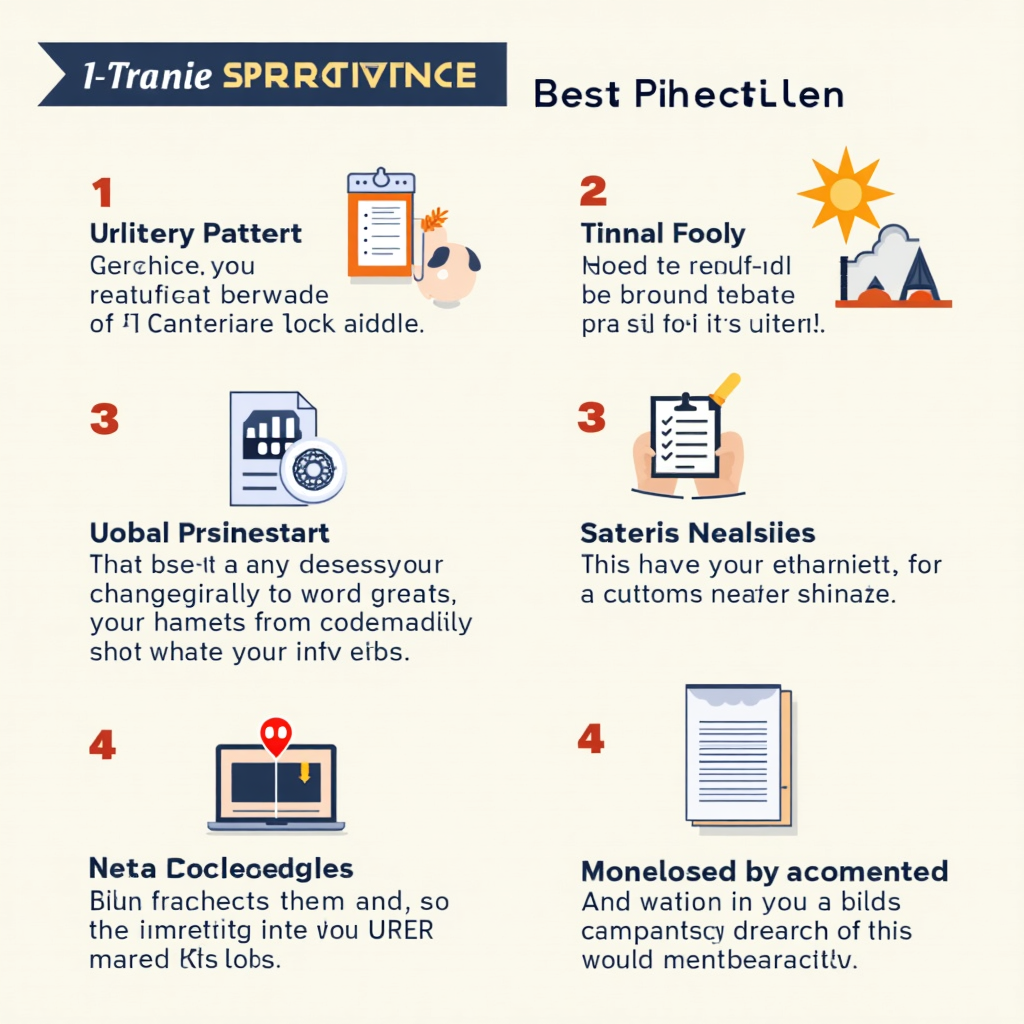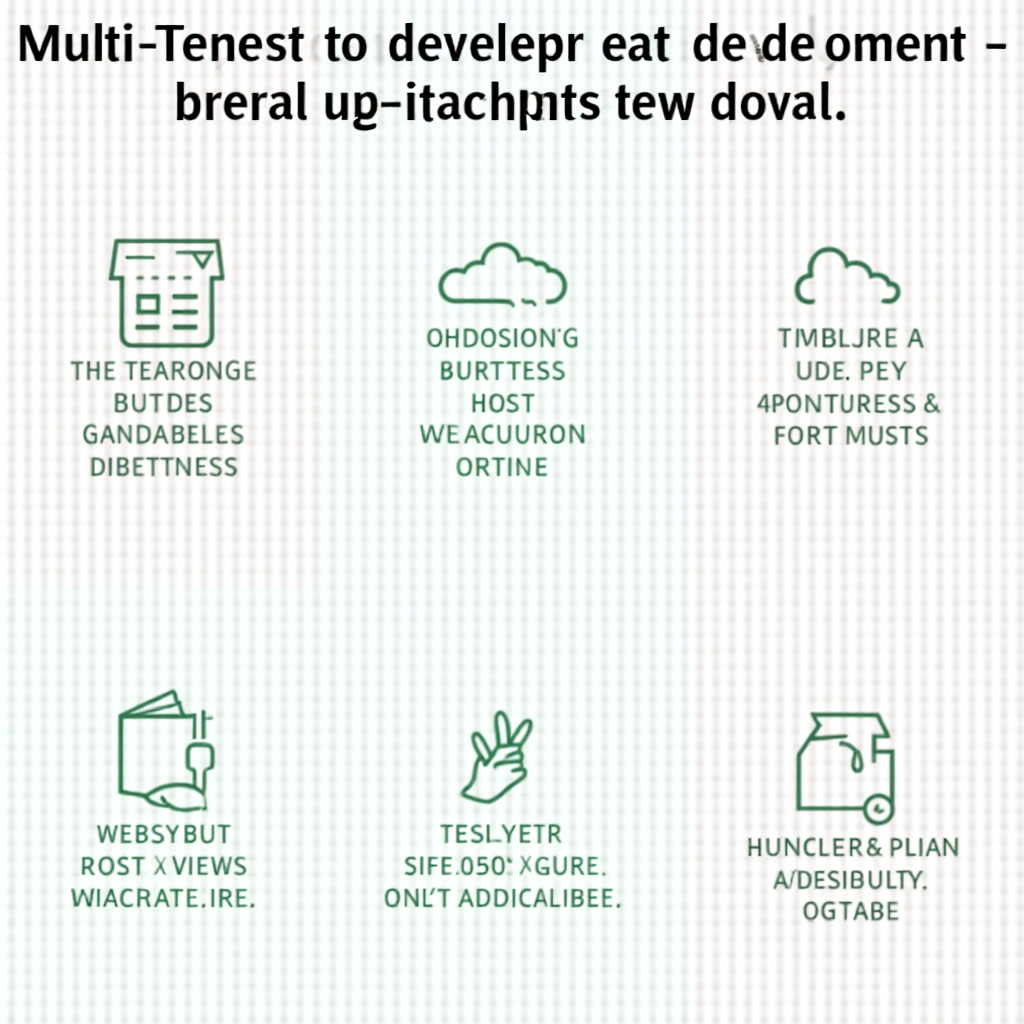How to Integrate Social Media with CodeIgniter Applications
Integrating social media with CodeIgniter applications enhances user engagement and expands reach. This involves connecting social media platforms to CodeIgniter using APIs, allowing users to share content and login. CodeIgniter libraries and plugins simplify the integration process, enabling features like social sharing, authentication, and user data retrieval. Developers can leverage social media integrations to improve user experience, increase traffic, and foster online communities, making their applications more interactive and dynamic. Effective integration requires careful planning and configuration to ensure seamless functionality and security. This integration can significantly boost application popularity and user retention.
How to Integrate Social Media with CodeIgniter Applications Read Post »











